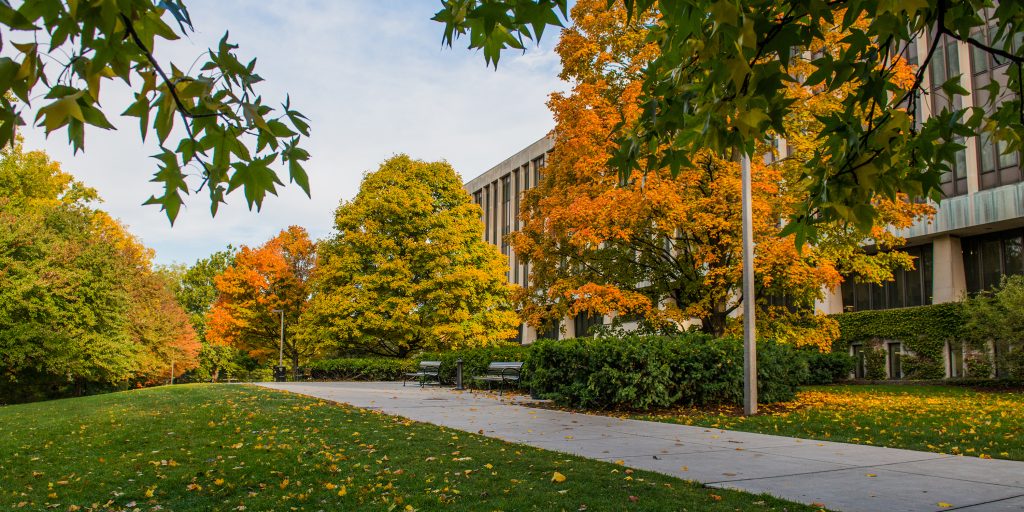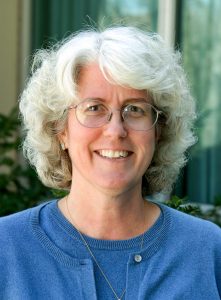
Teaching and Learning are core features of any postsecondary institution, closely tied to student success in so many ways. Yet, it is an aspect of academic work for which most have little real training before assuming their position at a research university like Michigan State University (MSU), with the exception of those who might have been a teaching assistant at some point previously.
In and out of the classroom, educators work with increasingly diverse learners, whose background experiences and career goals traverse the broad missions of the university, and who choose to enroll at MSU because they expect high-quality learning opportunities with topflight educators.
Even with the pivot required in spring 2020 to move classes, student organizational meetings, professional development, and other engagements almost entirely online, educators across campus worked overtime to improve instruction and bring their best to the learning experiences. Educators introduced a variety of new online techniques in their classrooms, such as polling in class, forming break-out rooms, using Camtasia and video record lectures, doing voice recording feedback on assignments, using Ask Me Anything through #iteachmsu Commons for a quick response to a question or problem, collecting mid-semester feedback through Qualtrics, and to use different strategies to engage learners. As this fall unfolds, it is clear that we have learned quite a lot about ourselves as educators and as learners throughout all of the pivots we’ve made, and we continue this journey just as those who identify as “students” do.
We bring forward strategies that worked well in online settings and revisit those we held up as standard approaches in face-to-face environments, often scrutinizing them with fresh eyes from our recent lived experiences. That’s one of the beauties of higher education: one is often simultaneously the educator and the educated. Even as the year unfolds, it is clear that we need new ways to talk about what we are doing in these teaching and learning environments, and why. We need new lenses through which to evaluate our teaching practices, the alignment of learning objectives and course design, and the indications of ways in which engaged students contribute to the enterprise. These critical perspectives of our educational craft do not always come easily, but they are fostered through reflection and intention – something most of us need support to accomplish and feel successful doing!
To that end, a priority for the Office of Faculty and Academic Staff Development [formerly Academic Advancement Network or AAN] and the Provost’s Office this year is refocusing attention on the support provided for teaching and learning complementing what is available to educators in various colleges and departments. In collaboration with the Libraries, including Joe Salem and Rachel Minkin, we will be developing new opportunities for engaging about teaching and learning across career stages, modalities, and innovations, and in linking this work to student success, research, and outreach activities. It is an exciting time to think about how we will collectively strengthen this important core function of the university!


